January 2023 Exchange Security Updates
On January 10, 2023, Microsoft released new Security Updates for Exchange 2013 CU23, Exchange 2016 CU23 and Exchange 2019 CU11 and CU12.
ENow Software's Exchange blog built by Microsoft MVPs for IT/Sys Admins.
Posts about:
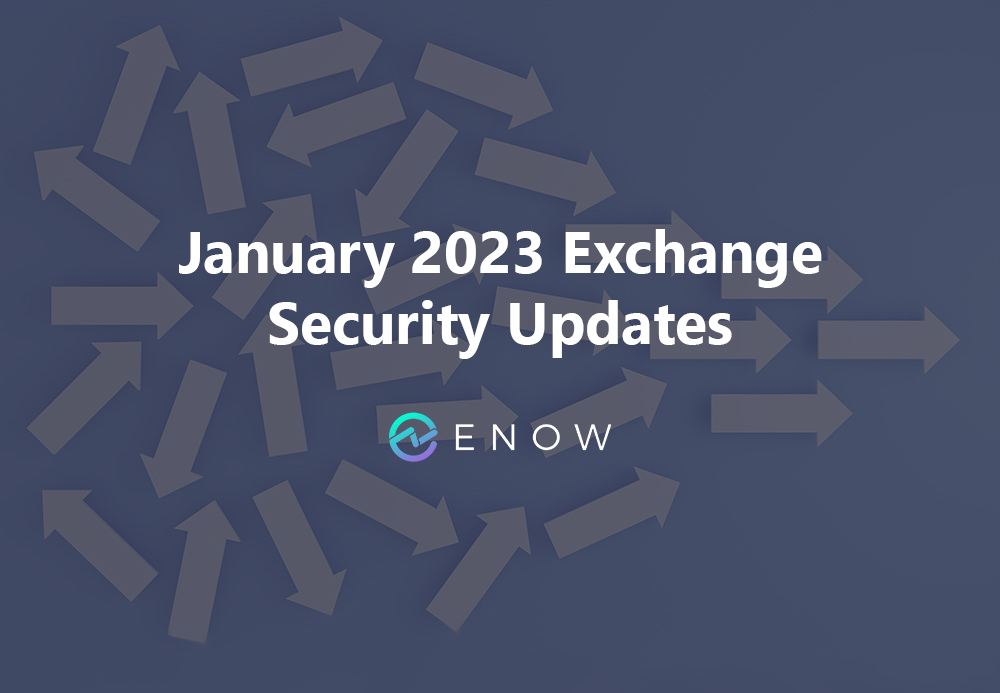

On January 10, 2023, Microsoft released new Security Updates for Exchange 2013 CU23, Exchange 2016 CU23 and Exchange 2019 CU11 and CU12.


Recently, Microsoft published a small update on Servicing Exchange. Being a Microsoft Office 365 Apps and Services MVP and Exchange consultant, I pretty much know what’s going on and coming up, but I didn’t see this one coming.


This week Microsoft released new security updates for the following Exchange versions:
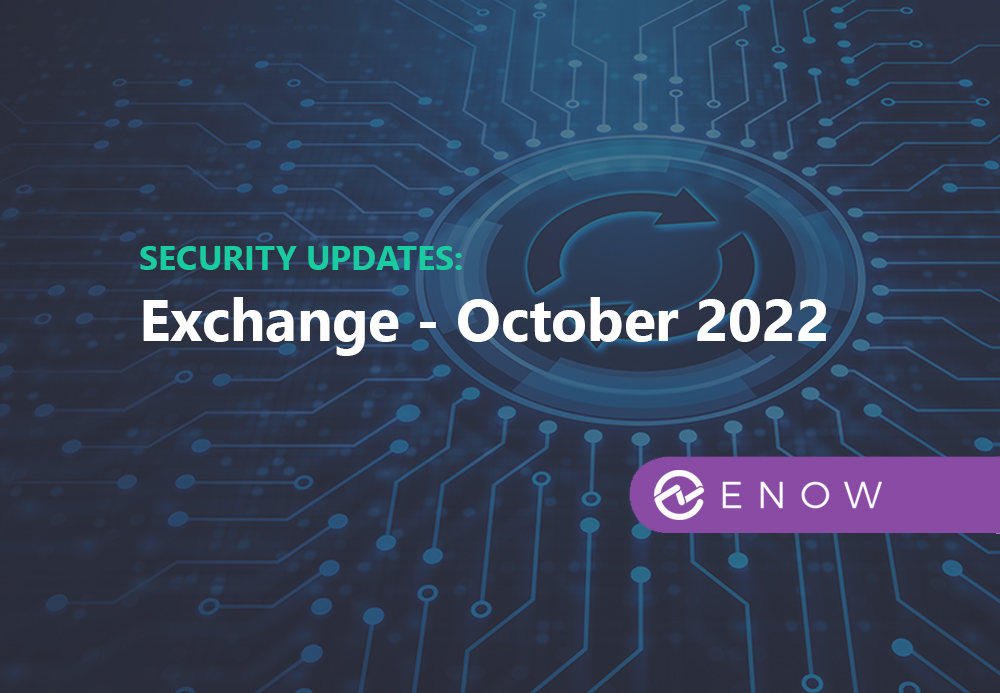

On October 11, 2022, Microsoft unexpectedly released new Security Updates (SUs) for Exchange 2013 CU23, Exchange 2016 (CU22 and CU23) and Exchange 2019 (CU11 and CU12).
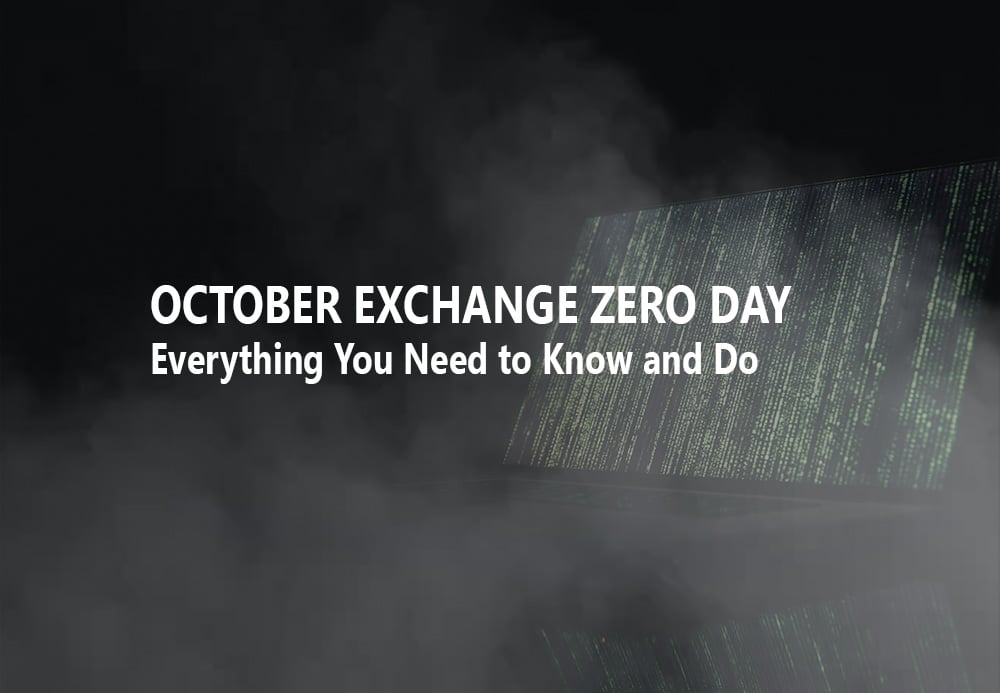

Early August 2022, the Vietnamese organization GTSC Cyber Security noticed anomalies in their SOC and they discovered their Exchange servers were under attack. They quickly determined the attack utilized an unpublished Exchange security vulnerability. Due to earlier Exchange attacks GTSC quickly uncovered the vulnerability and Microsoft was informed about the vulnerability at this time.
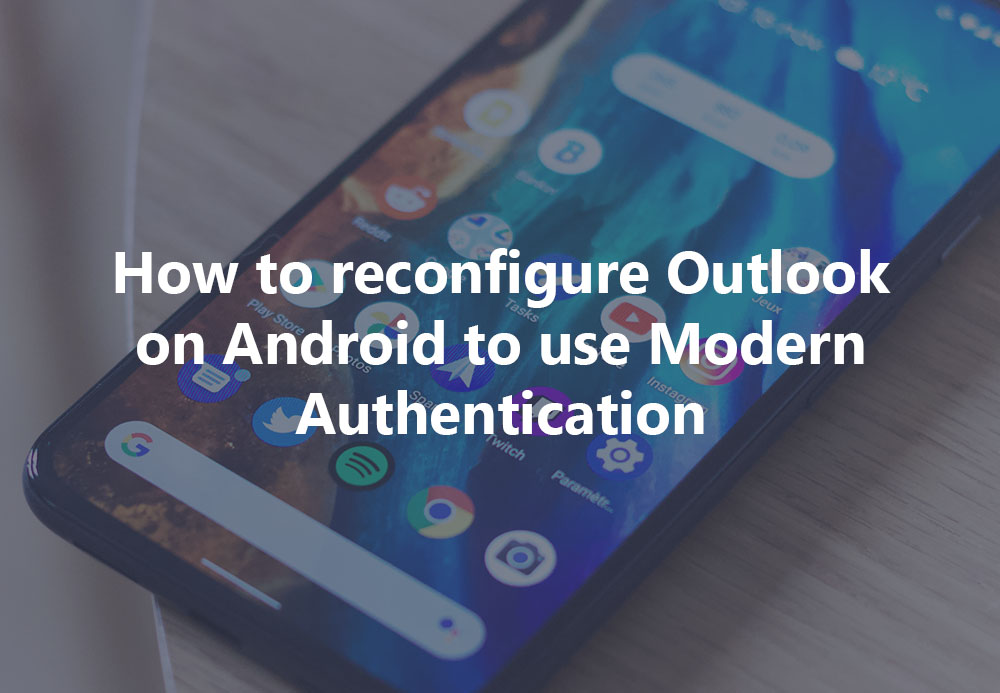
Android OS – Changing from basic auth to modern auth connectivity on your Android mobile device. (To learn more about changing on iPhone, click here)
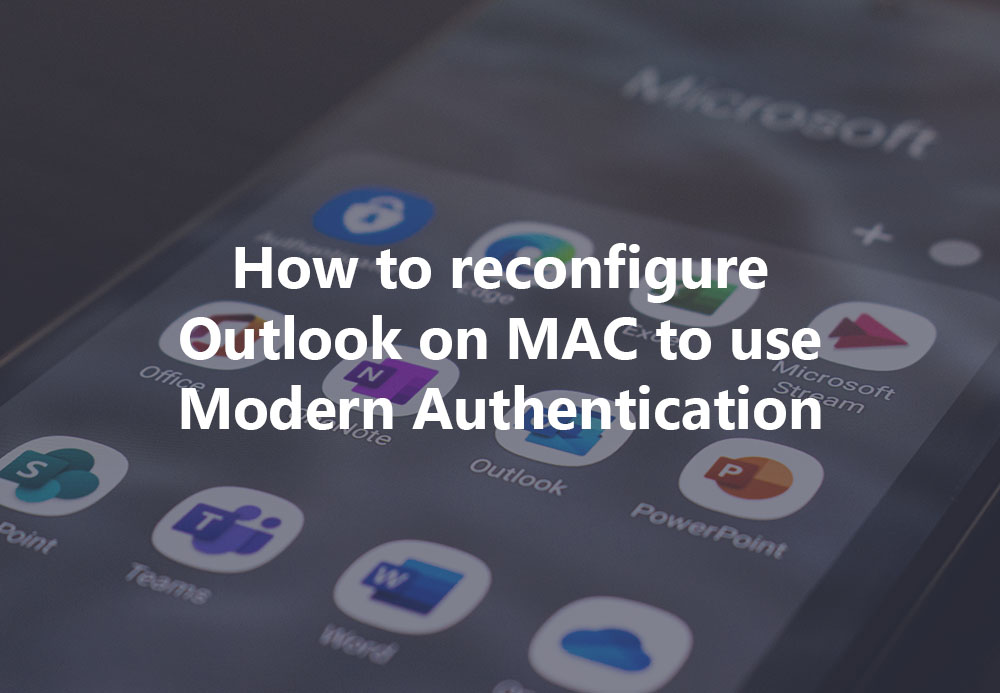
In earlier post on this blog we discussed Microsoft turning off basic authentication and what you must do on an iPhone or Android to change to modern authentication. The last blog about clients is this one, where we discuss how to reconfigure Outlook for Mac to use Modern Authentication.
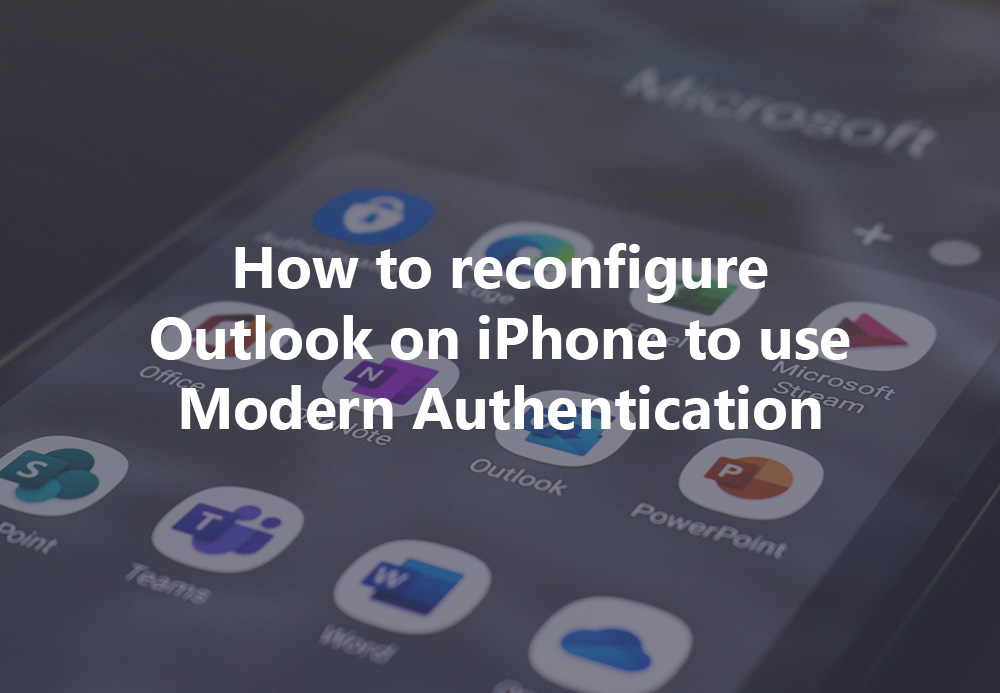
iOS – Changing from basic auth to modern auth connectivity on your Apple device. (To learn more about changing on Android, click here)
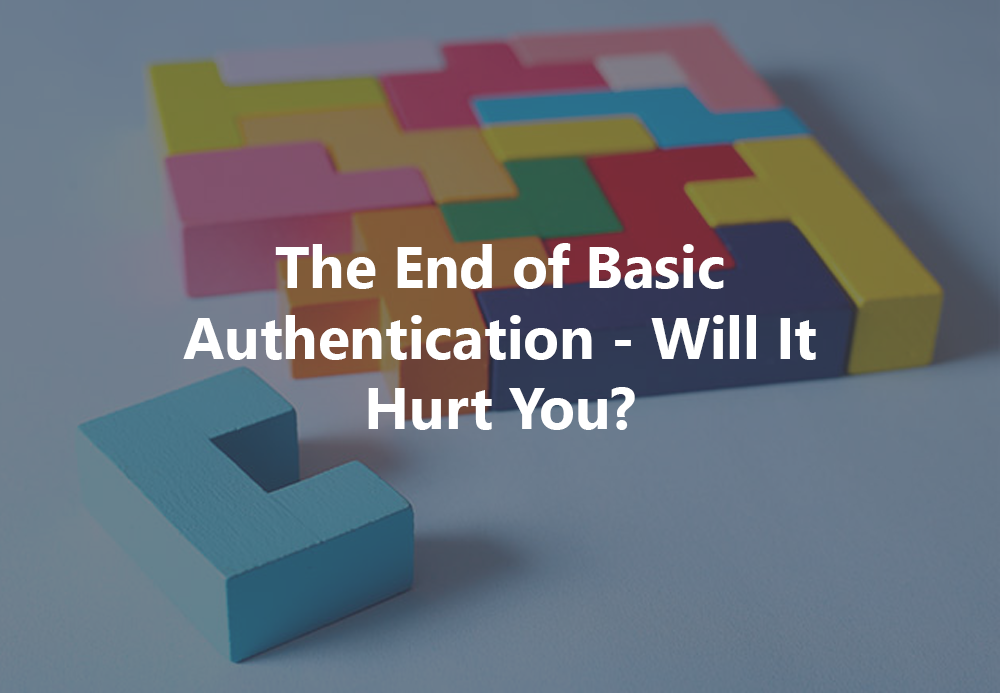

Microsoft will stop support for basic authentication in Office 365 starting October 1, 2022. Uhm, that’s a week from the time of writing. That sounds scary, but Microsoft is already stopping basic authentication for tenants for quite some time, so chances are that it is already turned off for your organization.
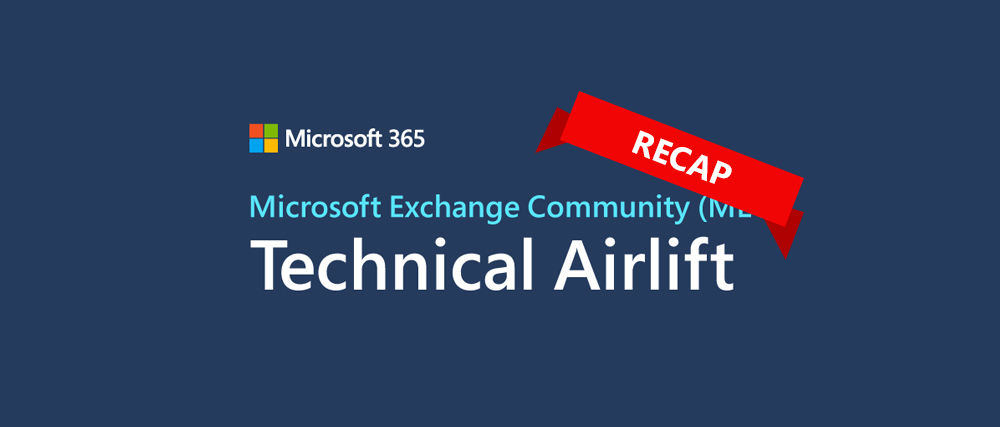

As an Exchange admin you could not have missed it – The Microsoft Exchange Conference 2022. I have always been a big fan of the smaller, dedicated Microsoft conferences since it gives you the ability to learn more in-depth about the product and interact with peers and the Microsoft product group. Because of the pandemic all in-person events were cancelled, but it seems in-person events are getting back slowly. Unfortunately, MEC was still a virtual event.